Tigers Among People
Tigers in Nepal are adapting to the presence of humans by changing their daily routine.


Tigers in Nepal are adapting to the presence of humans by changing their daily routine.
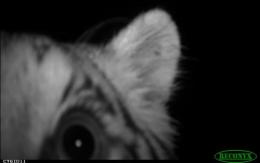
ANIMAL CONSERVATION - Nepalese tigers co-exist with people, aggression is giving Tasmanian Devils cancer, tadpoles keep their personalities when they become frogs, and a new monkey species is discovered in Africa.
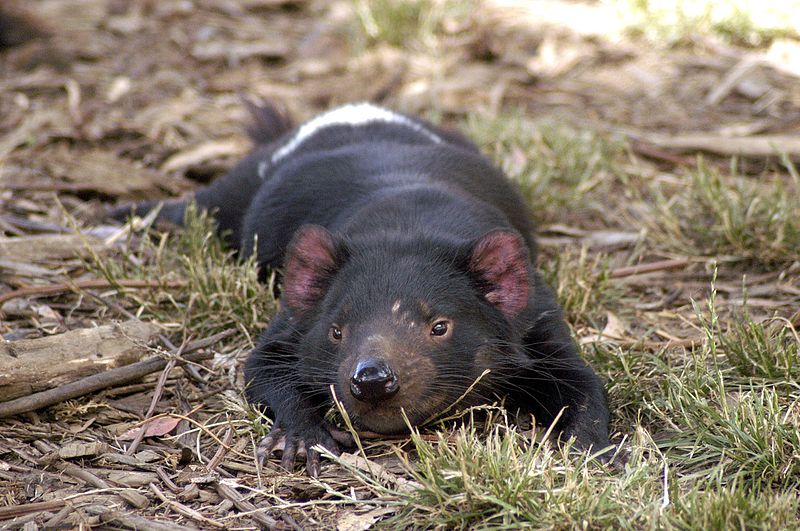
Tasmanian Devils may need to tone down their aggression to survive an epidemic.
Food science and conservation biology come together to fight oil spills using a common ingredient in chocolate and peanut butter.

The Earth Microbiome Project is an unprecedented effort to study microbial communities around the world.
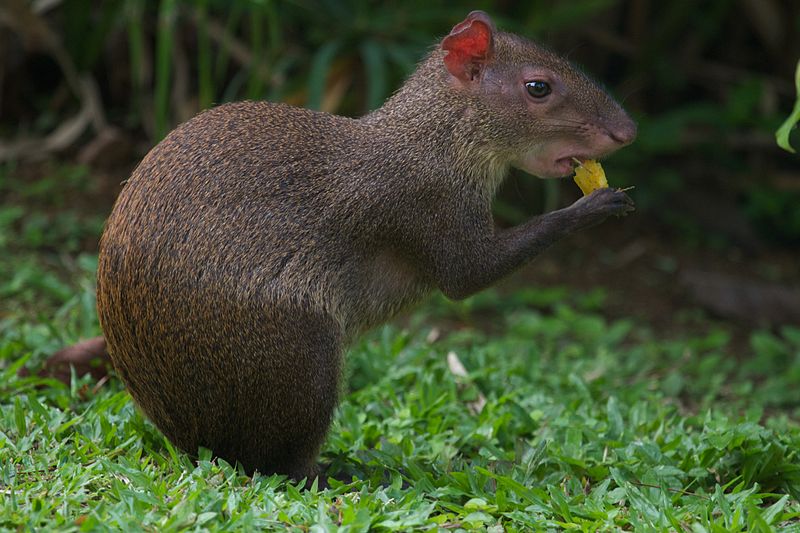
Tropical rodents called agoutis steal cached seeds from each other, and the behavior may have helped a plant species avoid extinction.
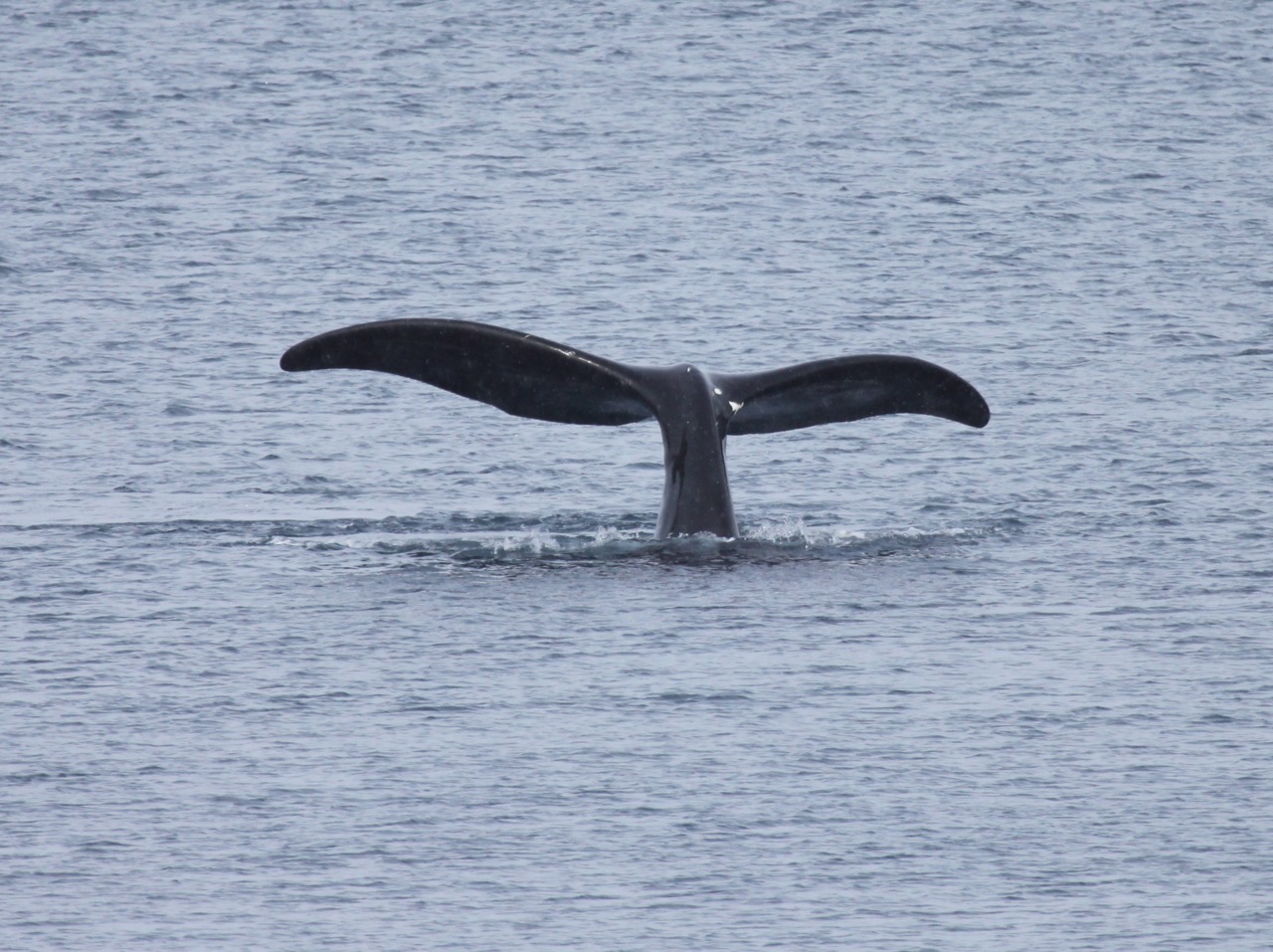
Bowhead whales in the Arctic Ocean sing a large variety songs to communicate with other whales.
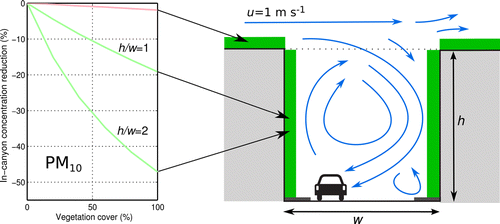
Strategically placed grass, ivy, and other greenery can significantly improve air quality in urban centers.

Toxins in water pipes likely caused color blindness in some Massachusetts towns.
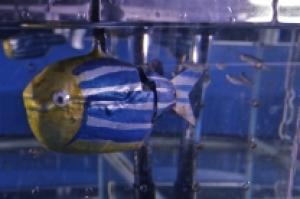
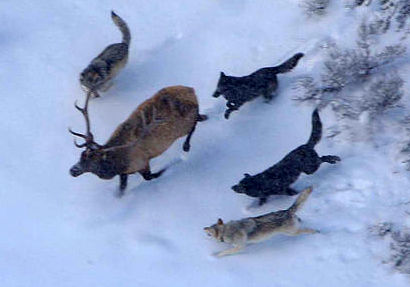
Eliminating bears, wolves, and other top predators has far-reaching consequences.
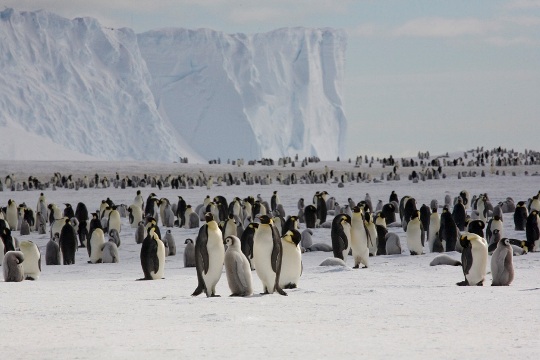
Researchers have estimated the total number of Emperor Penguins in Antarctica using satellite images.
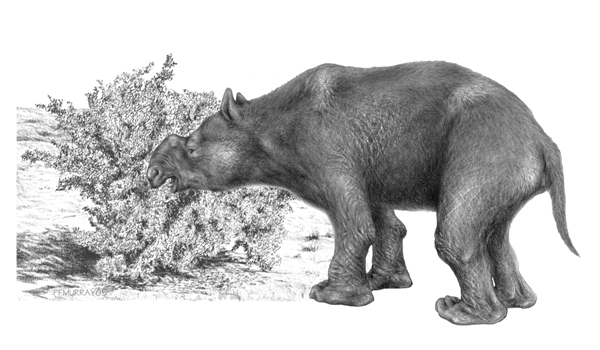
Human hunters drove Australia’s largest animals to extinction around 40,000 years ago.
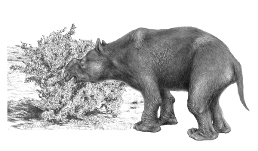
EVOLUTION & EXTINCTION - What really happened to Australia's missing megafauna, how carnivores lost their sweet tooth, why lovelorn fruit flies resort to alcohol, strategic miscarriages in monkeys, and a new frog species is discovered in plain sight.

SCIENCE OF SOCIETY - Do wealthier people tend to have fewer scruples? The social costs of mass incarceration. Seeing-eye smartphones for the blind. And, new evidence calls an accepted tenet of science into question. Also: how to make plastic from plants.
A group of 19th century scientists mapped the world’s tides, making the oceans safer for seafaring.
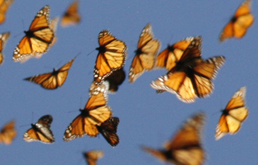
BEHAVIOR, ECOLOGY & ENVIRONMENT - why dirty laundry could be damaging the environment, how to make wine growing compatible with wildlife, what the Monarch butterfly genome can tell us about their epic migrations, and how wasps see faces.
Researchers have created a combination of fool’s gold and silicon that could be used to make inexpensive solar cells.
New uses for DNA fingerprinting include tracking deadly tse-tse flies and identifying species from ancient soil samples.
Drying polyester clothing in a machine may contribute to plastic pollution at sea.
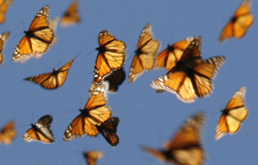
Scientists have sequenced the Monarch butterfly’s genome, to better understand its epic migrations.
